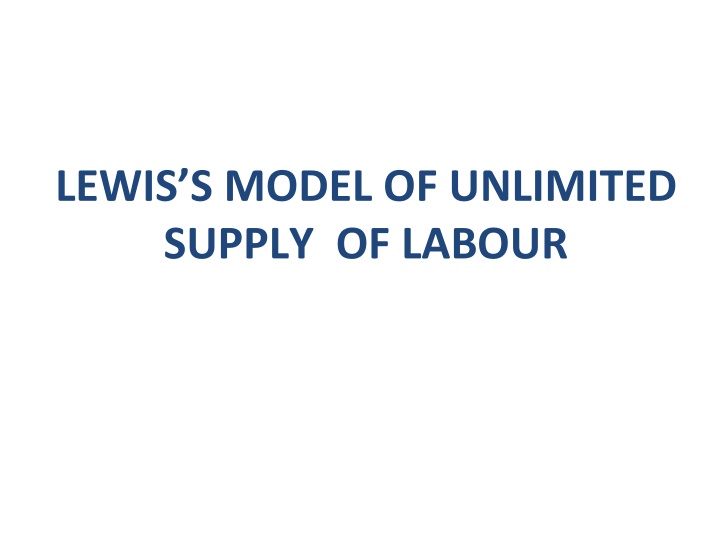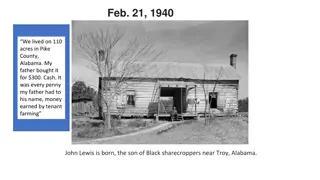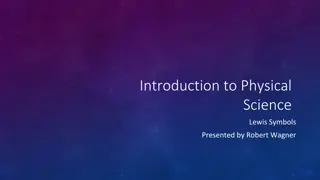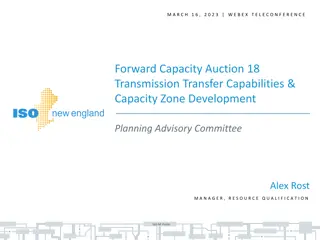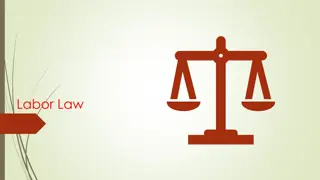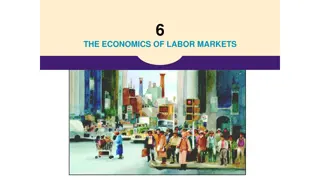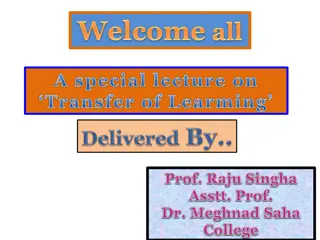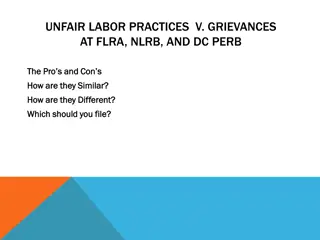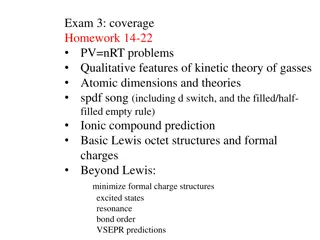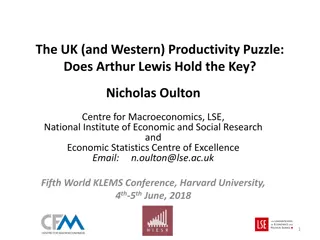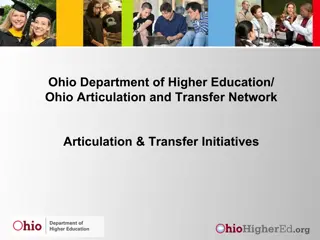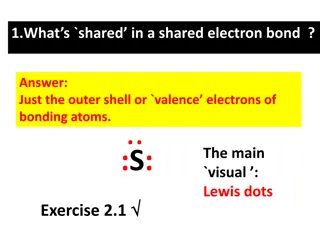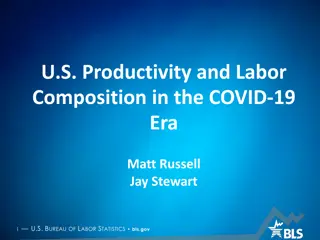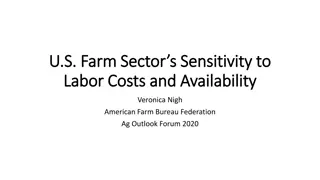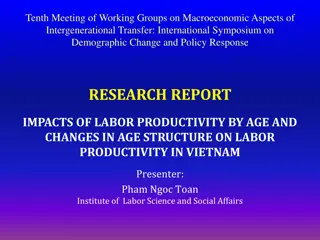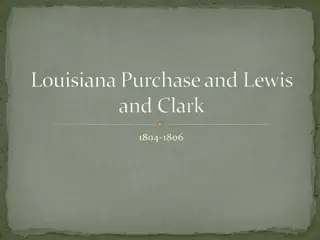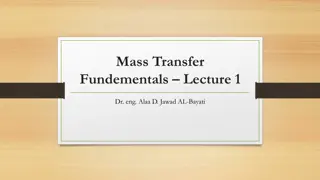Lewis Two-Sector Model: Sustaining Economic Growth Through Labor Transfer
Lewis Two-Sector Model, based on the assumption of surplus labor in agriculture, explains how transferring labor to the industrial sector boosts economic growth. The model highlights the shift from traditional to modern sectors, increased output, wages, and profits, and self-sustaining growth capabilities. Despite its strengths in promoting growth, the model has limitations related to dualism and income distribution implications. Overall, it provides insights into balancing sectoral growth for developing economies.
Download Presentation

Please find below an Image/Link to download the presentation.
The content on the website is provided AS IS for your information and personal use only. It may not be sold, licensed, or shared on other websites without obtaining consent from the author.If you encounter any issues during the download, it is possible that the publisher has removed the file from their server.
You are allowed to download the files provided on this website for personal or commercial use, subject to the condition that they are used lawfully. All files are the property of their respective owners.
The content on the website is provided AS IS for your information and personal use only. It may not be sold, licensed, or shared on other websites without obtaining consent from the author.
E N D
Presentation Transcript
LEWISS MODEL OF UNLIMITED SUPPLY OF LABOUR
Lewis Two Sector Model Transfer of surplus labour Agriculture Industrial (Traditional ) Sector (Modern)Sector Capture the excesslabour Surplus of labour
ASSUMPTIONS The model assumes that a developing economy has a surplus of unproductive labor in the agricultural sector. These workers are attracted to the growing manufacturing sector where higher wages are offered. It also assumes that the wages in the manufacturing sector are more or less fixed. The model assumes that these profits will be reinvested in the business in the form of fixed capital. An advanced manufacturing sector means an economy has moved from a traditional to an industrialized one. Real wage is determined by the average and not the marginal product of labour.
How the Model Argues to Sustain Economic Growth
Increases in output, wagesand profit Employment increases, Larger profit invested Economy capableof self - sustaining growth Absorb surplus labor Output expanded
How it Contribute to Economic Growth Total output rises while total wages and profits increase. The larger area of profits will be invested in expanding production. Modern sector expands absorbs pool of surplus labor. Increasing the total capital stock, shifting the total product and labor demand curves, and raising the level of modern- sector employment. Economy capable of self-sustaining growth.
Strength Weakness Balance growthbetween 2 sectors(dualism) The notion of an exogenous unskilled agricultural realwage The model had implication forincome distribution Labor surplus was interpreted as zero marginal productivityof agriculturallabor The model applied to labor movement across countries, along with movements amongtwo sectors in the closed economy Surplus exist in ruralarea is not valid
Conclusion Dualismin theModel Pros& Cons Application InReality
